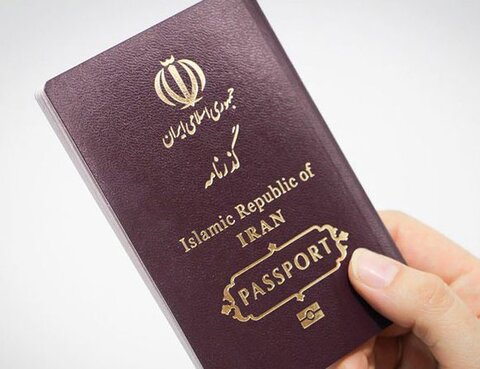Iran (IMNA) - The first children, out of some 10,000 children whose citizenship applications have so far been accepted, received their Iranian identity card, known as a ‘Shenasnameh’, last month.
According to the Government of Iran, nearly 75,000 children at risk of becoming statelessness are eligible for Iranian citizenship under a new nationality law, which was amended in 2019 to allow children under 18 years to apply for identity documents.
According to article one of the law, children of Iranian women and non-Iranian men who were born before or after the law can be an Iranian citizen in case the Iranian mother requested if they have no security problem before the age of 18.
These children, after reaching the age of 18, can apply for Iranian citizenship if not requested by the mother, then will be granted Iranian citizenship in case of no security problem.
Although Iran is not a party to the UN Conventions on Statelessness, the Government of Iran is taking steps towards the prevention and reduction of statelessness in the country.
While the law does not give mothers and fathers equal rights to confer nationality to their children, it represents significant progress.
Around the world, stateless people can face a lifetime of exclusion and discrimination and are often denied access to education, health care, and job opportunities – making them vulnerable to exploitation and abuse.
Worldwide, statelessness affects millions of people, leaving them without the basic rights and official recognition that most of us take for granted. Some 3.9 million stateless people appear in the reporting of 78 countries, but UNHCR believes the true total to be significantly higher.“No child chooses to be stateless,” said Ivo Freijsen, UNHCR Representative in Iran last year. “Without identity and official documents, stateless people are often excluded from society. The Government of Iran is leading by example through its new law. It is a hugely positive move for these children and their families.”
Situation of foreign nationals
Iran is host to one of the largest and most protracted urban refugee situations in the world and has provided asylum to refugees for four decades.
The latest official government statistics in 2014, there are 951,142 Afghan refugees and 28,268 Iraqi refugees living in Iran. Many of the refugees living in Iran are the second and third generation, according to the UNHCR.
About 97 percent of refugees live in urban and semi-urban areas, while 3 percent are residing in 20 refugee resorts run by the UNHCR's main government counterpart.
In addition to Afghan refugees, there are about 2.5 million Afghans living in Iran, including those having a passport and undocumented Afghans. 450,000 Afghan who did not have identity cards or birth certificates have received Iranian visas that allow them to live, work or study in the country.
There are 40,000 Afghan students in the country, according to the official report, 17,000 of them are graduated, while the unofficial report is estimated at 26,000.
Some 47,000 people were trained and 10 percent of legal refugees were covered by social insurance with the help of the UNHCR, and other foreign nationals can pay for health insurance like Iranians.
In light of the COVID-19 pandemic, undocumented Afghans who have access to free primary health services and similarly free COVID-19 related testing, treatment, and hospitalization, just like nationals.
Tehrantimes


Your Comment